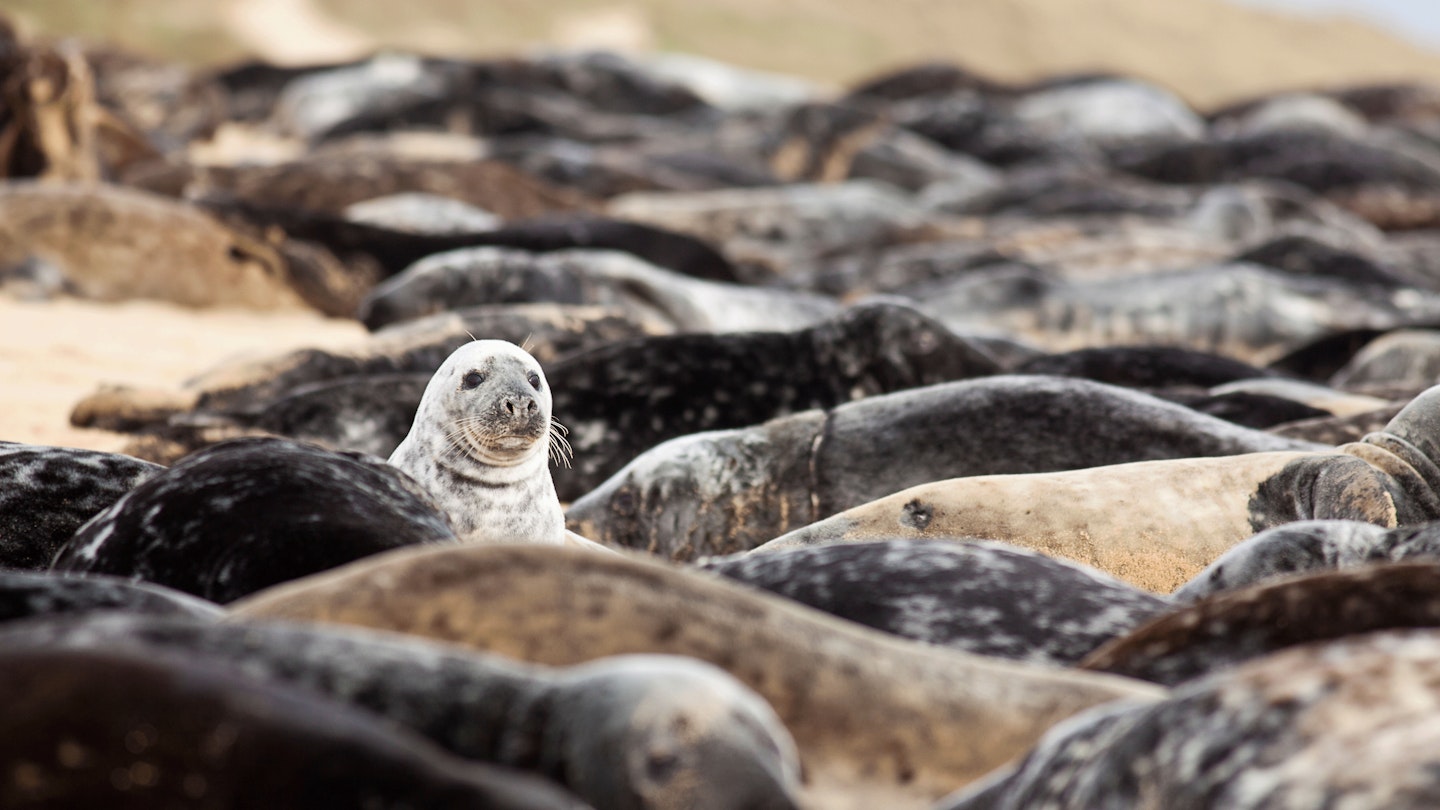There are so many wonderful creatures on our British shores - you needn’t travel to far-flung places like David Attenborough to experience an amazing animal encounter of your own. You can stay much closer to home – it’s just knowing where to go! So, we’ve rounded up the top spots for seeking out our most wonderful wildlife.
Wildlife in the Scottish Highlands
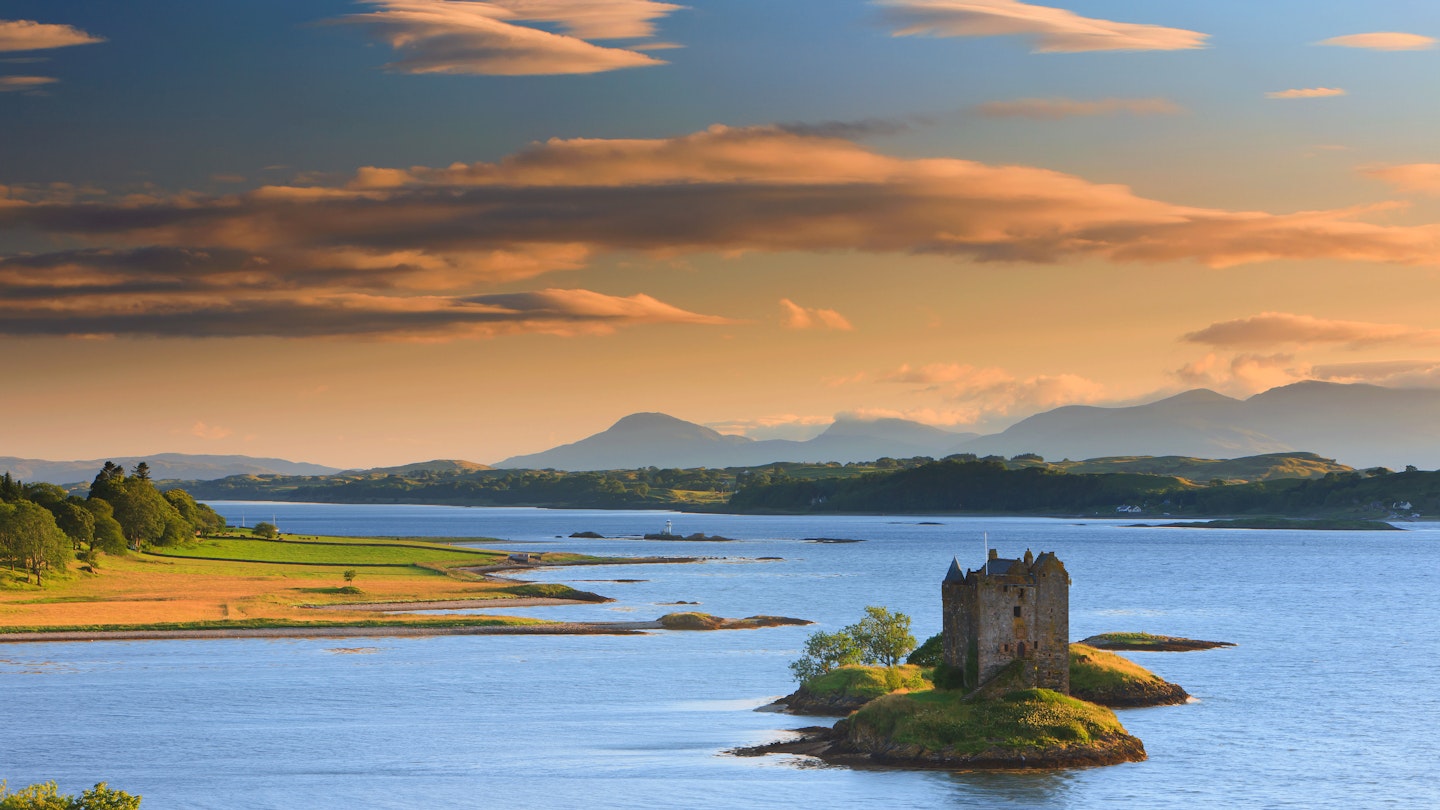
Biggest of all UK national parks, the Cairngorms is home to some of the most breathtaking scenery and outstanding wildlife the UK has to offer. Wildcats, pine martens and deer, to ospreys, golden eagles and the iconic black grouse are all natives here. If you’d like a helping hand spotting these elusive creatures, spend a day or two with an expert guide on a Highland Wildlife & Birdwatching Safari(from £48pp). From the comfort of a Land Rover Discovery, you’ll get to travel through forests, mountains and glens, finding Caledonian creatures along the way.
For a longer break, book onto a five-day winter wildlife holiday with Responsible Travel (from £630pp) and explore a different part of the Cairngorms each day, watching wildlife in both daylight and and after dark before warming your hands beside a campfire.
Should you want to get up close to nature in one spot, The Highland Wildlife Parkis home to most Scottish wildlife species, including the famous Highland cows and even polar bears. Here, you’ll also get to see the likes of wolves, lynx, beavers and wild horses, who once freely roamed Scotland’s lands.
Highland Wildlife & Birdwatching Safari 07974151503 www.highlandwildlifesafaris.co.uk
Scotland Winter Wildlife Holiday (Responsible Travel) 01273 823 700 www.responsibletravel.com
The Highland Wildlife Park 01540 651270 www.highlandwildlifepark.org.uk
Whale watching in Pembrokeshire
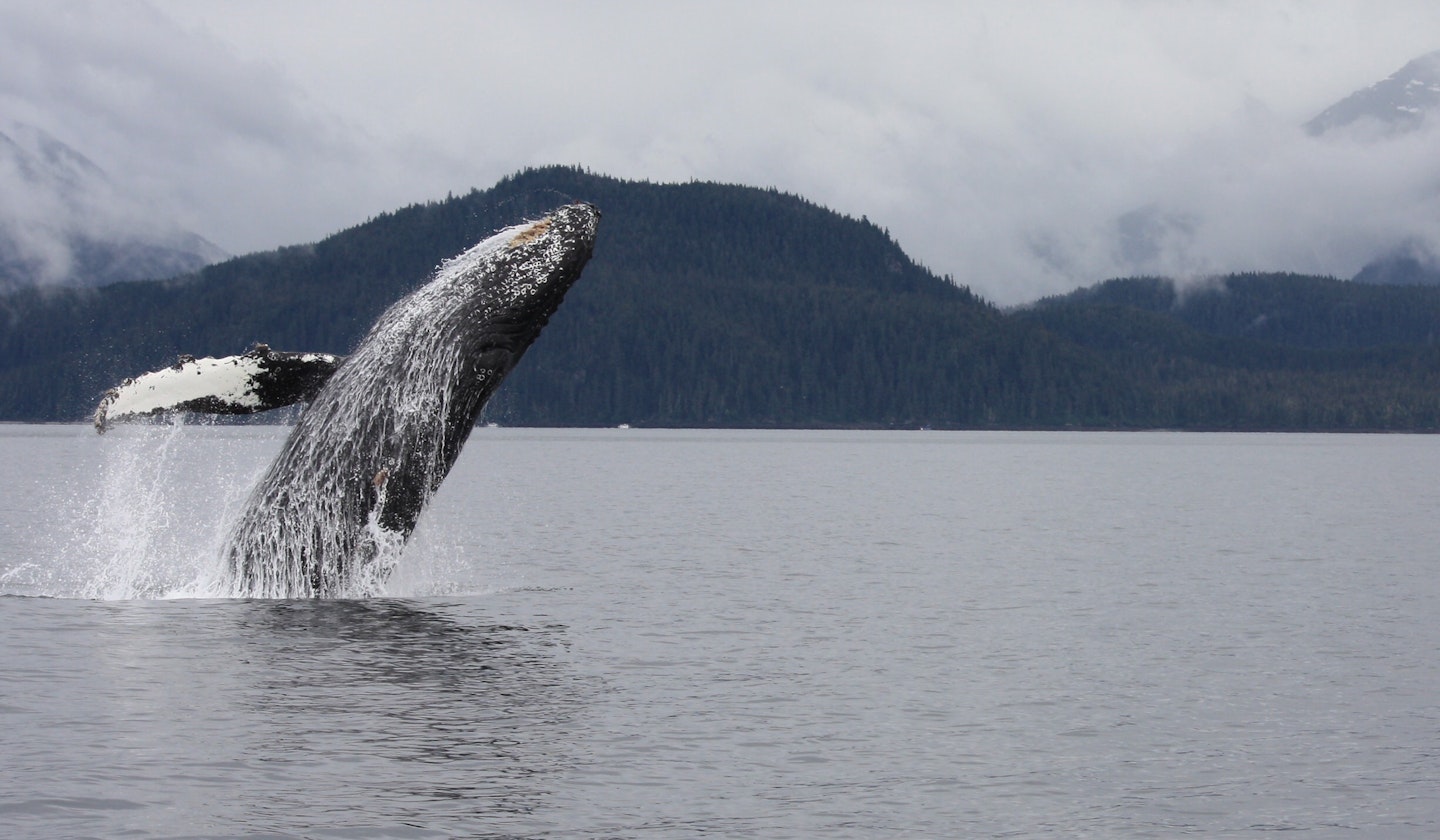
There’s nothing quite as exhihilating as watching a whale or porpoise breaking the blue waves of the Celtic Deep. Sail out from St David’s with the tour operator, Voyages of Discovery trips (£24 adults, £14 children) for the chance to clock dolphins, porpoises and basking sharks, or even orca, minke and pilot whales. Onboard, your knowledgeable guide will share their expertise on points of interest, maritime heritage and the wildlife. The best sightings do tend to fall between May and September. However, the blustery winter weather only adds to the experience!
While you’re in the area, plan in a visit to Minwear Woods – a popular viewing point for watching spellbinding starling murmurations. This spectacular event occurs when starlings gather, swooping in their tens of thousands in the sky.
Voyages of Discovery 01437 721911 www.ramseyisland.co.uk
Spot marine mammals at the Norfolk Coast

Blakeney, an Area of Outstanding Natural Beauty, is an ideal base to explore the north Norfolk Coast. At its heart Blakeney National Nature Reserve boasts wide open spaces and uninterrupted views of the coastline, ideal for walking and spotting local wildlife. Blakeney Point, a four-mile shingle spit, is home to England's largest grey seal colony, where more than 3,000 pups are born each winter. The only way to get a closer look is to book a seat on a boat trip such as those run by Beans Boats, which departs from Morston Quay year-round (£13 adults, £7 children). Seals are usually very inquisitive creatures and often pop up and swim around the boats which can usually sail close to those who bask on the on the beach, providing perfect photo opportunities. At this time of year, you’ll also get to see numbers of duck breeds here, including the mallard, widgeon, teal and pintail alongside pinkfooted geese.
Beans Boats 01263 740505 www.beansboattrips.co.uk
Finding animals in the Hampshire forests
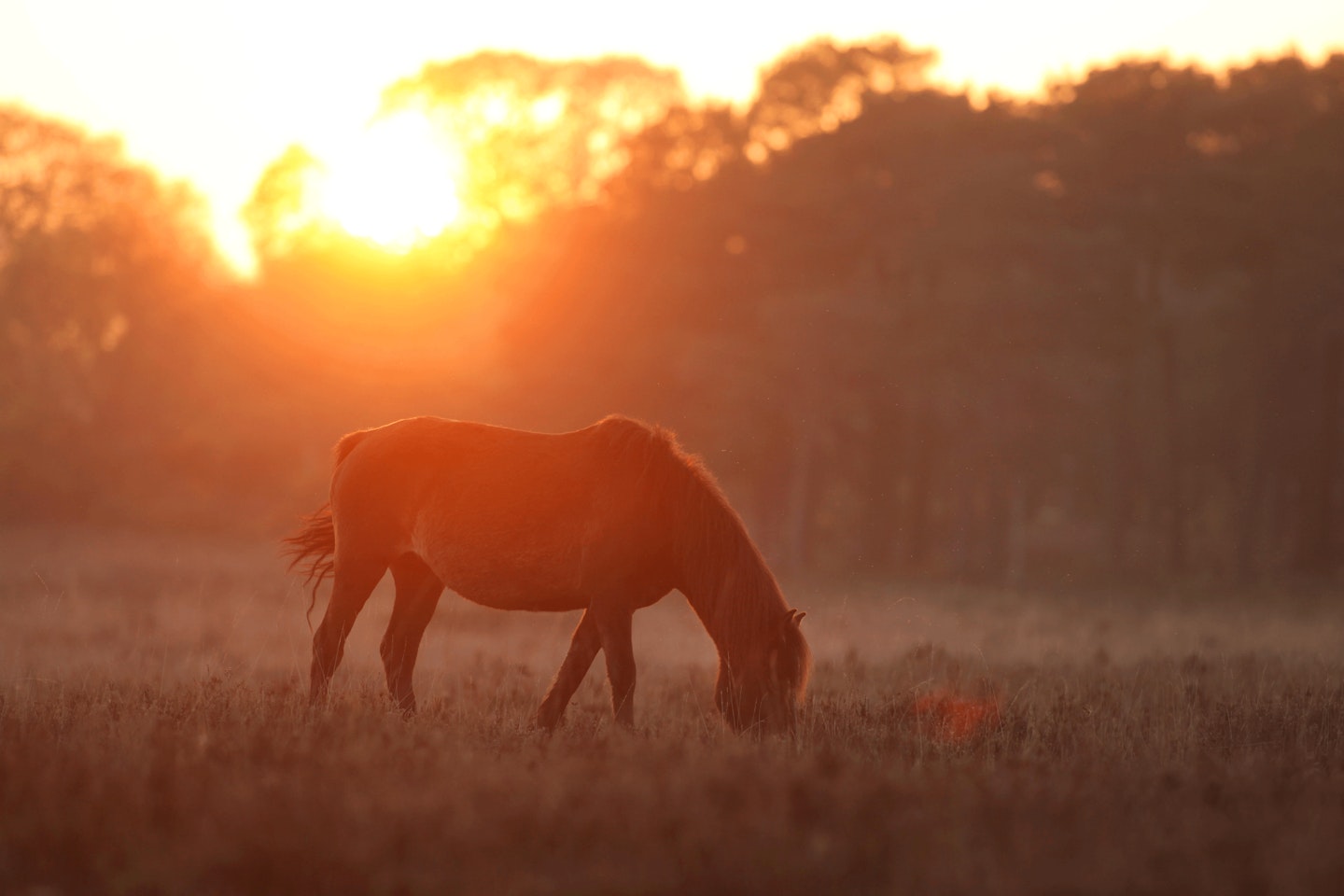
Despite covering a small area, The New Forest National Park is home to an incredible concentration of different landscapes and natural habitats. Between ancient woodlands, beautiful heaths, bogs and mires, farmland, grasslands and coasts, a vast range of interconnecting eco-systems flourish, making it a real haven for wildlife. One of its biggest draws for animal lovers are the 3,000 wild ponies and six species of deer which roam freely here. With more than 140 miles of tracks and footpath, the area lends itself to all abilities of walker. But for a different experience, visitors can hop onboard the New Forest Minibus Tours (£45pp), travelling across 50 miles of landscape, with expert commentary from a former Forester with more than 40 years of experience.
The award-winning, eco-friendly Cottage Lodge in Brockenhurst makes an ideal base after all that fresh air. Each of the 15 bedrooms is individually decorated, with breakfast made from local produce. Doubles start from £60 per night.
New Forest Minibus Tours 07774 347 071 www.newforestminibustours.co.uk
Cottage Lodge www.cottagelodge.co.uk
Wildfowl in Northern Ireland
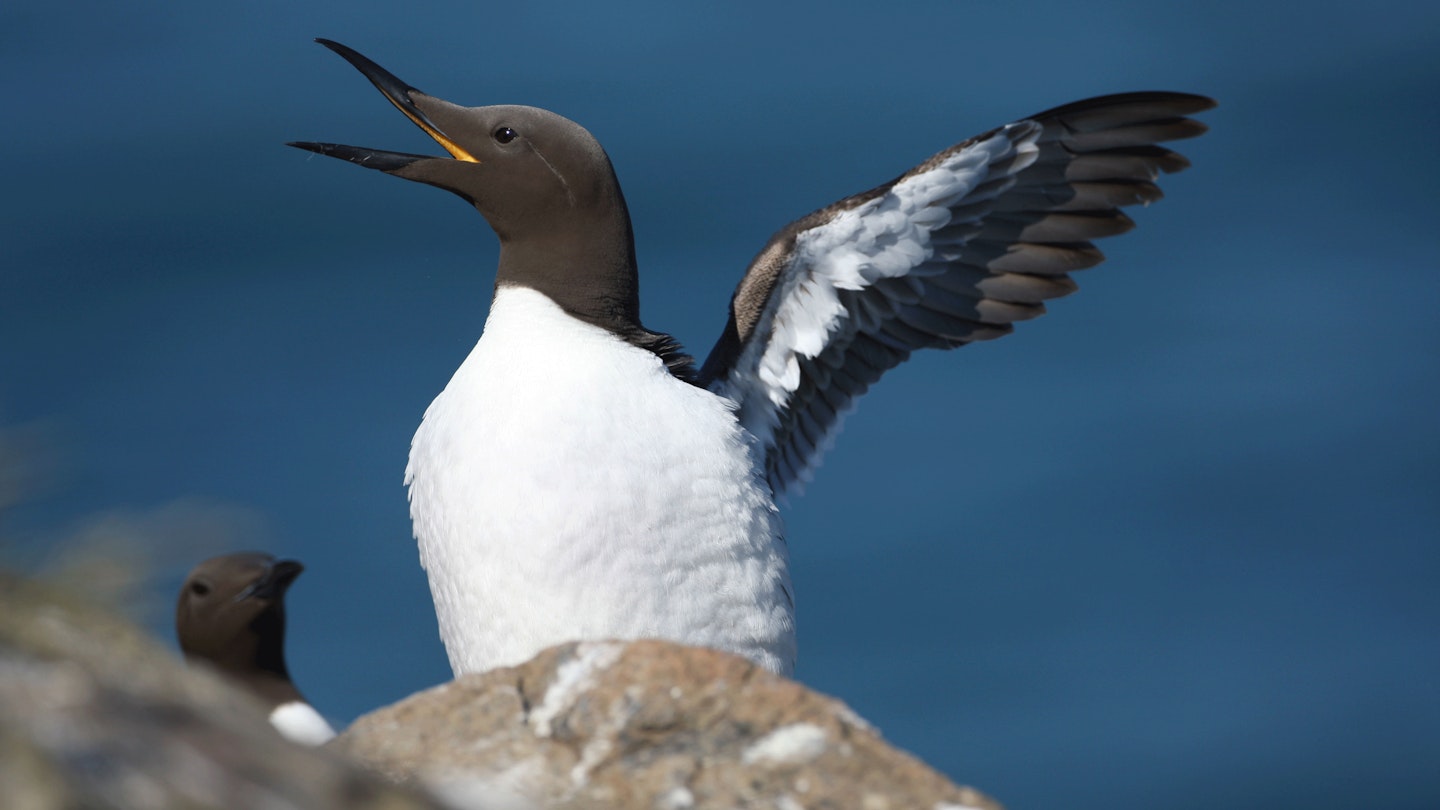
Situated on Northern Ireland's north east coast – just a short drive from Belfast – Strangford Lough is one of the UK's most important wildfowl refuges. It’s famous for being home to the rare pale-bellied Brent geese (which migrate here each autumn from Canada) as well as thousands of ducks and waders. The Castle Espie WWT Centre is the ideal introduction to this avian wonderland with hides, guided walks and family facilities.
Common and Grey Seals can also be seen at Strangford Lough all year round. The best places to spot them are at Cloghy Rocks and Granagh Bay, on either side of the entrance to the lough (lake). Keep your eyes peeled and you might spot other marine life here, such as porpoises and otters. Perhaps even a humpback whale – if you’re very lucky!
Retire for the night at The Loft – a quiet, rustic retreat set within the courtyard of Castle Espie House. Situated on the shores of stunning Strangford Lough, all rooms have private lake and Lough views. Doubles start £70 per night via Airbnb.
The Castle Espie WWT 028 9187 4146 www.wwt.org.uk
Stanley Moss Nature Reserve, Durham
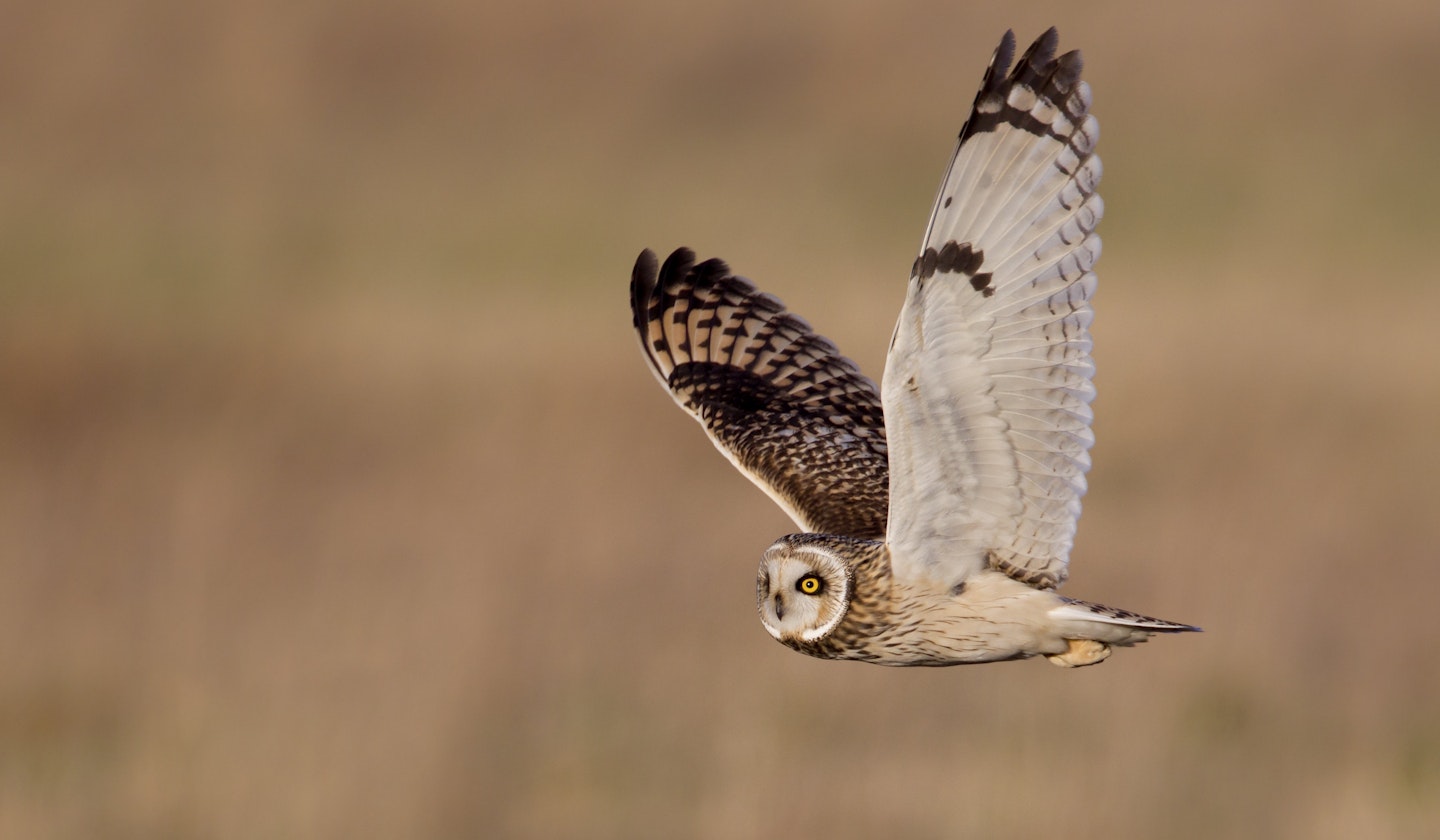
One of the few remaining blanket peat bogs, Stanley Moss, in the lowlands of County Durham, is a literal breath of fresh air. The area was once was once used for coal mining and has since been drained and planted with conifer trees to help restore the peatland bog and raise water levels.
The site is also important for birds with breeding meadow pipits, skylark and lapwing and frequent sightings of short-eared owl, black and red grouse and large numbers of snipe and curlew.
Visit www.durhamwt.com
Deer in Nottingham
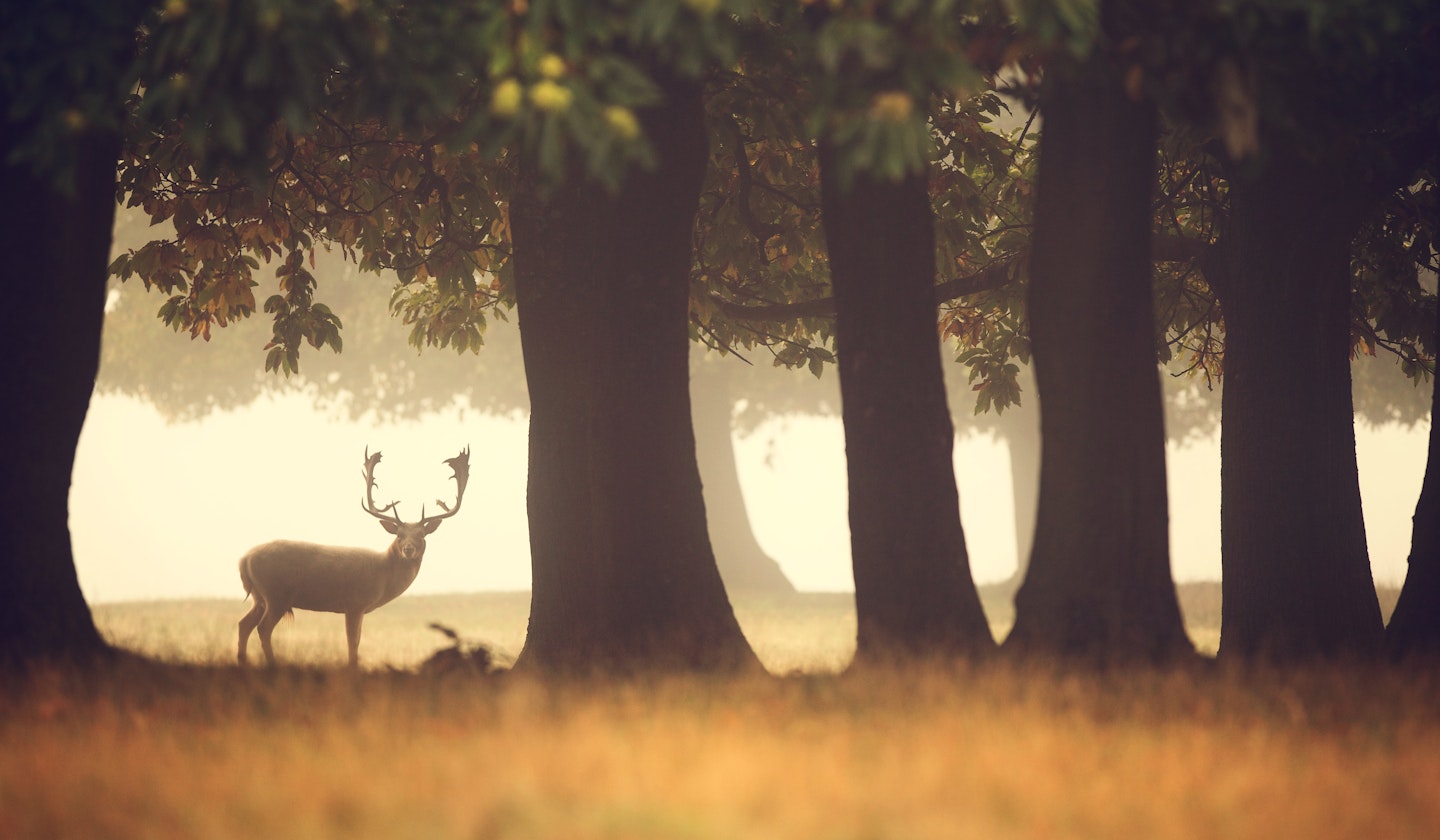
Fancy a city break? Nottingham has been ranked the UK’s number one city for air quality, according to a report by Compare the Market. Despite its abundance of shops and amenities, it also offers oodles of easily accessible green spaces to enjoy.
Standing on a natural hill three miles west of the city centre, Wollaton Park boasts 500 acres of spectacular gardens and parkland and is home to herds of red and fallow deer who roam freely.
Closer to its centre, the Arboretum Park is much like an urban oasis, home to a collection of more than 800 trees – some of which planted when it opened in 1852.
Join #Walk1000Miles
In keeping with the outdoors theme, walking is not only a great way of getting your dose of vitamin D, but it keeps you fit too. If you really want to challenge yourself and take a step closer to feeling great, join Country Walking's #Walk1000Miles group! Visit www.Walk1000Miles.co.uk now to learn more.
Most read: 8 of the best canal walks in the UK
